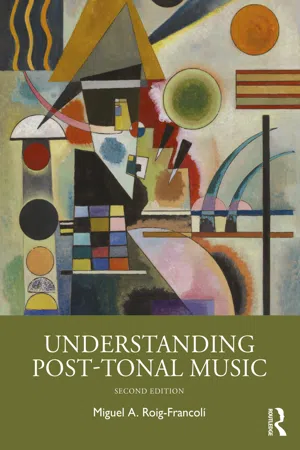
- 432 pages
- English
- ePUB (mobile friendly)
- Available on iOS & Android
Understanding Post-Tonal Music
About this book
Understanding Post-Tonal Music is a student-centered textbook that explores the compositional and musical processes of twentieth-century post-tonal music. Intended for undergraduate or general graduate courses on the theory and analysis of twentieth-century music, this book will increase the accessibility of post-tonal music by providing students with tools for understanding pitch organization, rhythm and meter, form, texture, and aesthetics. By presenting the music first and then deriving the theory, Understanding Post-Tonal Music leads students to greater understanding and appreciation of this challenging and important repertoire.
The updated second edition includes new "Explorations" features that guide students to engage with pieces through listening and a process of exploration, discovery, and discussion; a new chapter covering electronic, computer, and spectral musics; andadditional coverage of music from the twenty-first century and recent trends. The text has been revised throughout to enhance clarity, both by streamlining the prose and by providing a visual format more accessible to the student.
Frequently asked questions
- Essential is ideal for learners and professionals who enjoy exploring a wide range of subjects. Access the Essential Library with 800,000+ trusted titles and best-sellers across business, personal growth, and the humanities. Includes unlimited reading time and Standard Read Aloud voice.
- Complete: Perfect for advanced learners and researchers needing full, unrestricted access. Unlock 1.4M+ books across hundreds of subjects, including academic and specialized titles. The Complete Plan also includes advanced features like Premium Read Aloud and Research Assistant.
Please note we cannot support devices running on iOS 13 and Android 7 or earlier. Learn more about using the app.
Information
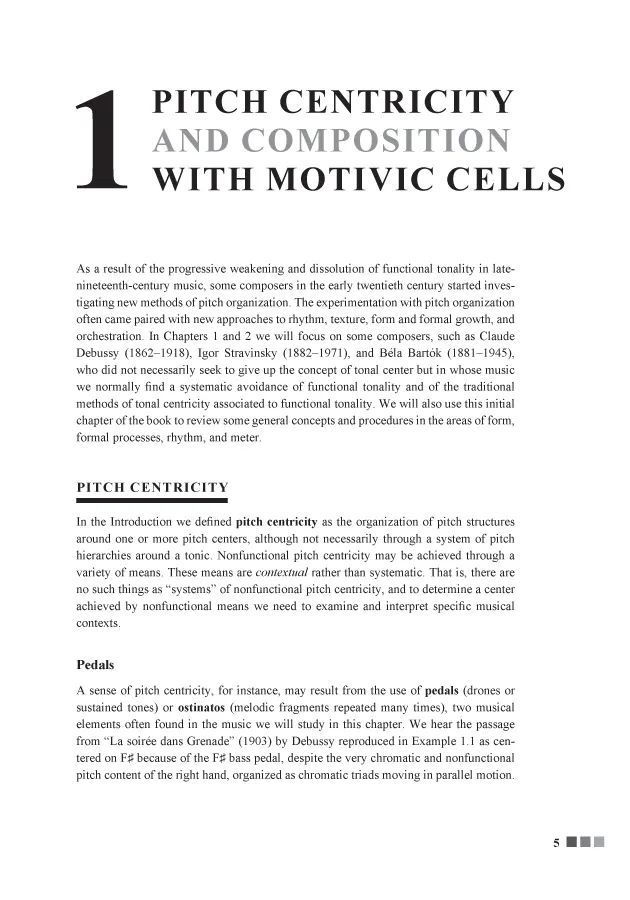
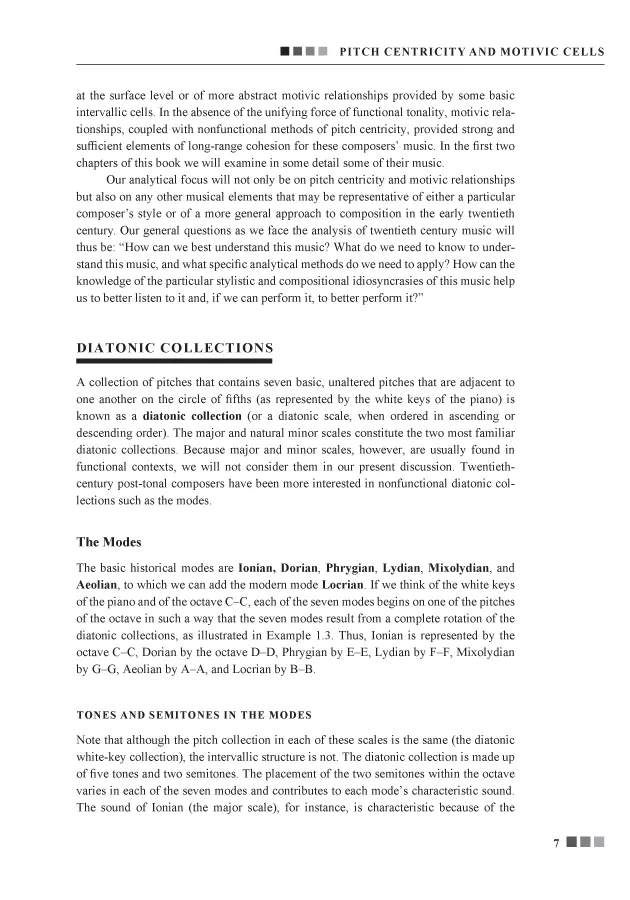


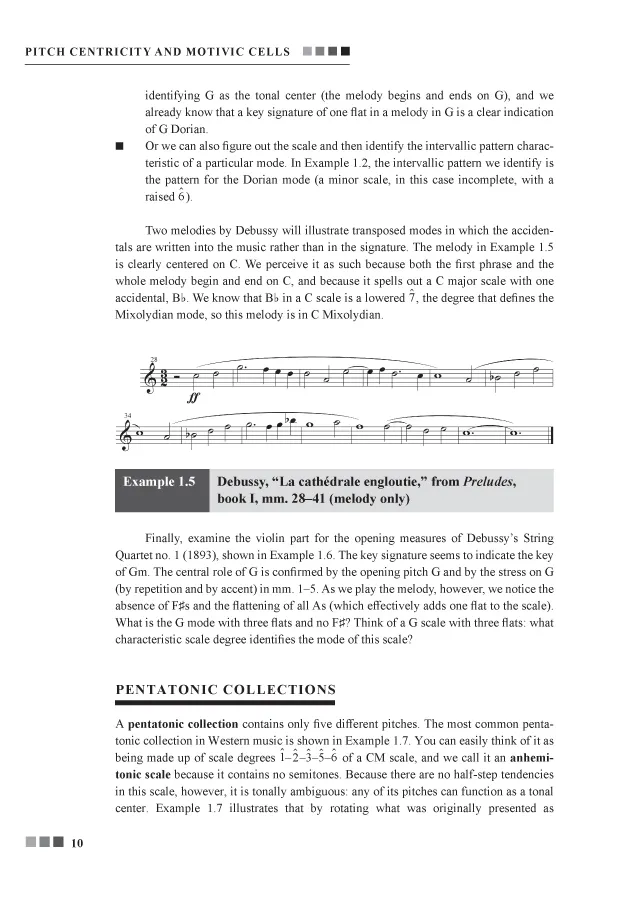
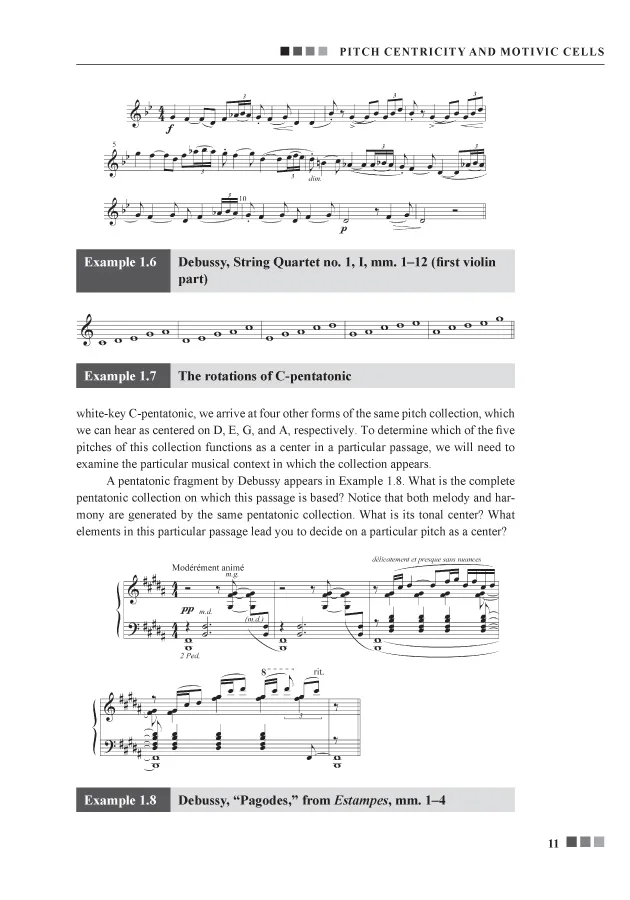


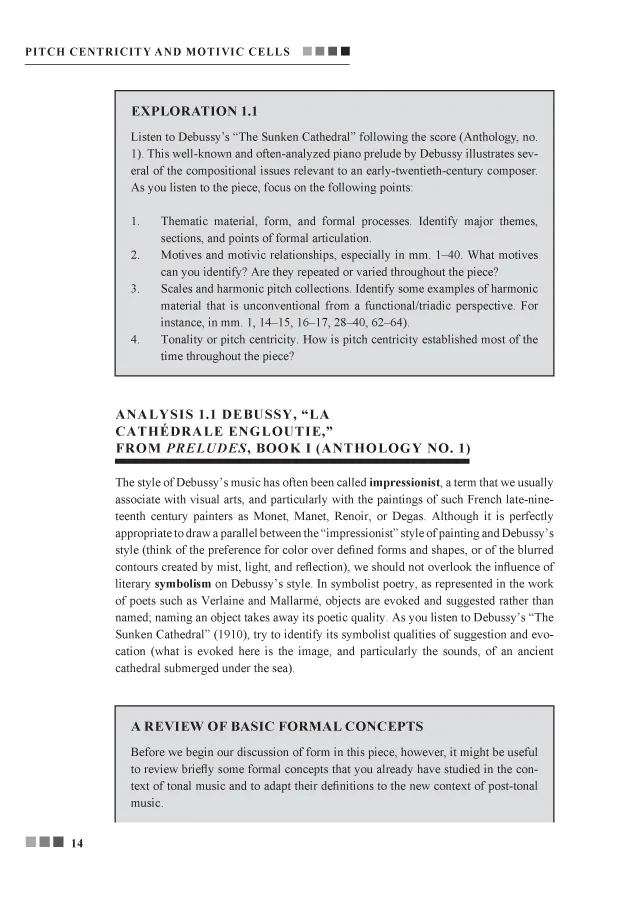
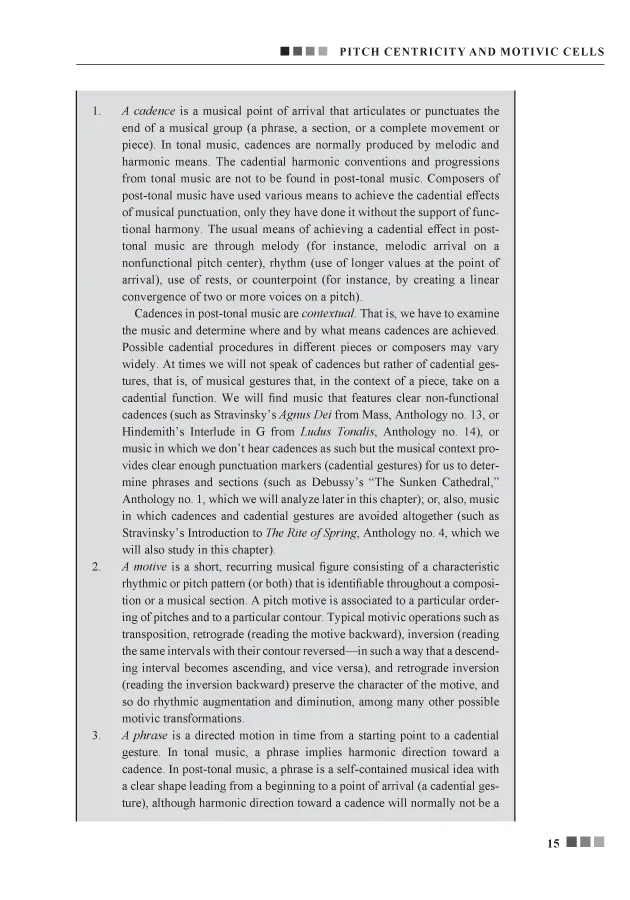
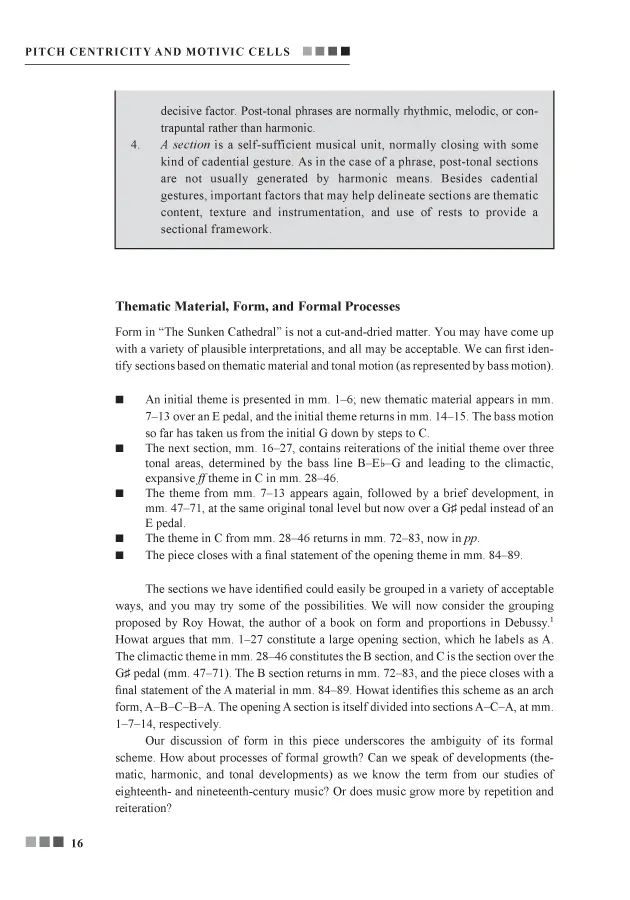
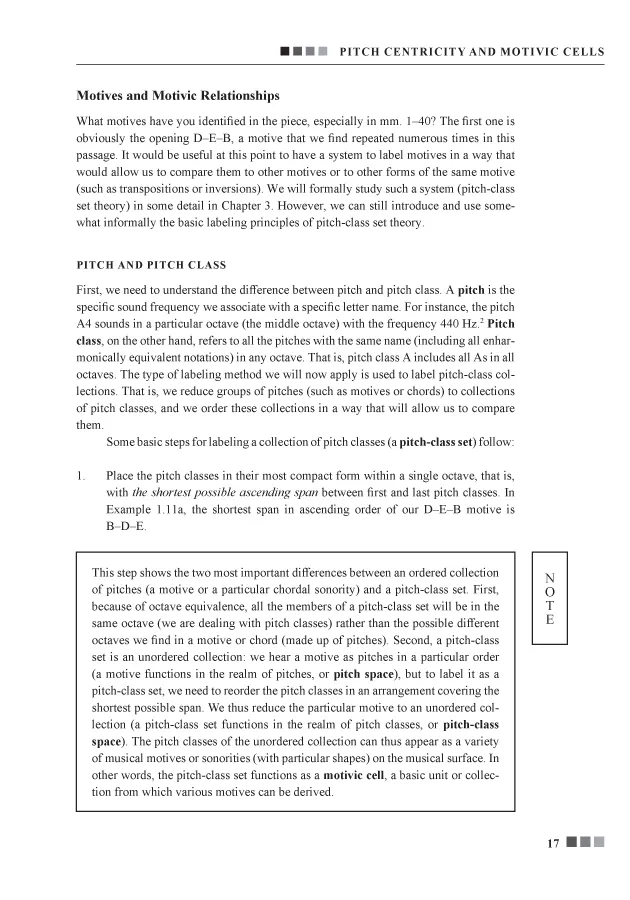

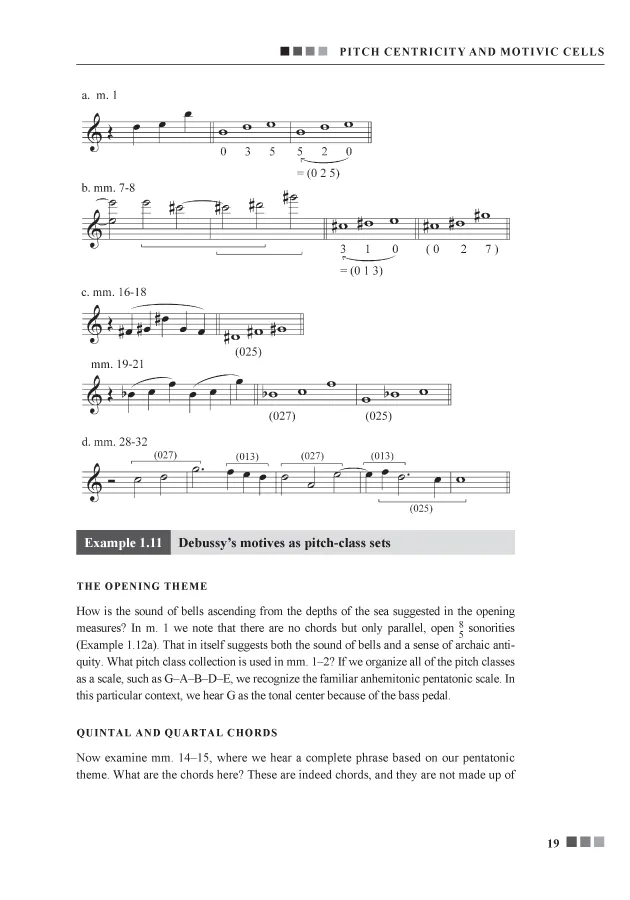

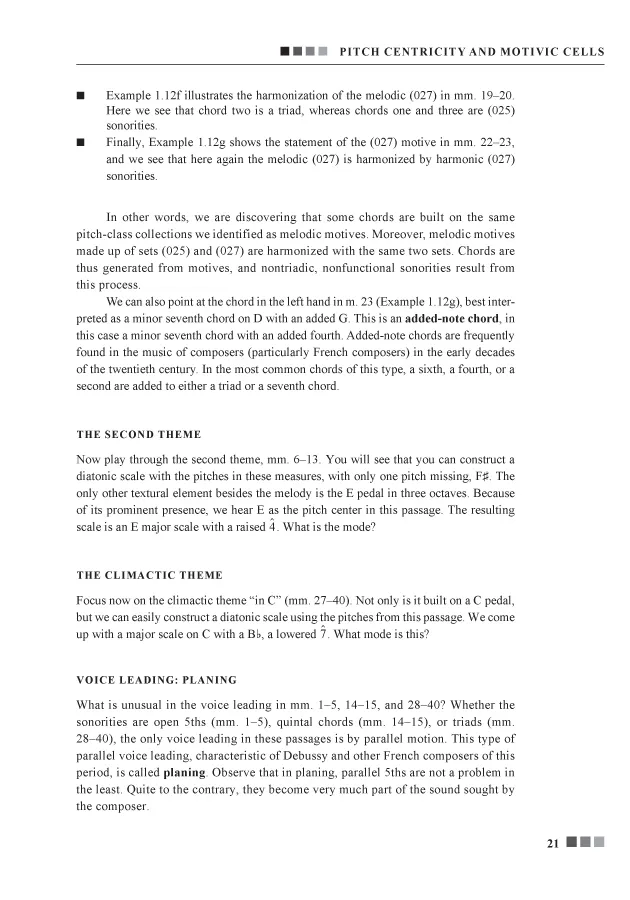

Table of contents
- Cover
- Half Title
- Title
- Copyright
- Dedication
- Contents
- About the Author
- Preface
- Acknowledgments
- Acknowledgment of Sources
- Introduction: An Overview of Twentieth Century Compositional Styles
- 1 Pitch Centricity and Composition With Motivic Cells
- 2 Pitch Centricity, Equal Divisions of the Octave, and Symmetry
- 3 Introduction to Pitch-Class Set Theory
- 4 Analyzing Atonal Music
- 5 Drawing on (and Reinterpreting) the Past …
- 6 … And Inventing the Future
- 7 Twelve-Tone Music I: An Introduction
- 8 Twelve-Tone Music II: Invariance, Symmetry, and Combinatoriality
- 9 Serialism: Developments After 1945
- 10 Expanding the Limits of Musical Temporality
- 11 Aleatory Music: Sound Mass, Texture, and Timbre
- 12 Electronic, Computer, and Spectral Musics
- 13 Integrating the Past and Reimagining Harmony
- 14 Simplifying Means
- 15 Into the Twenty-First Century
- Epilogue
- Appendix
- Bibliography
- Musical Example Index
- Subject Index